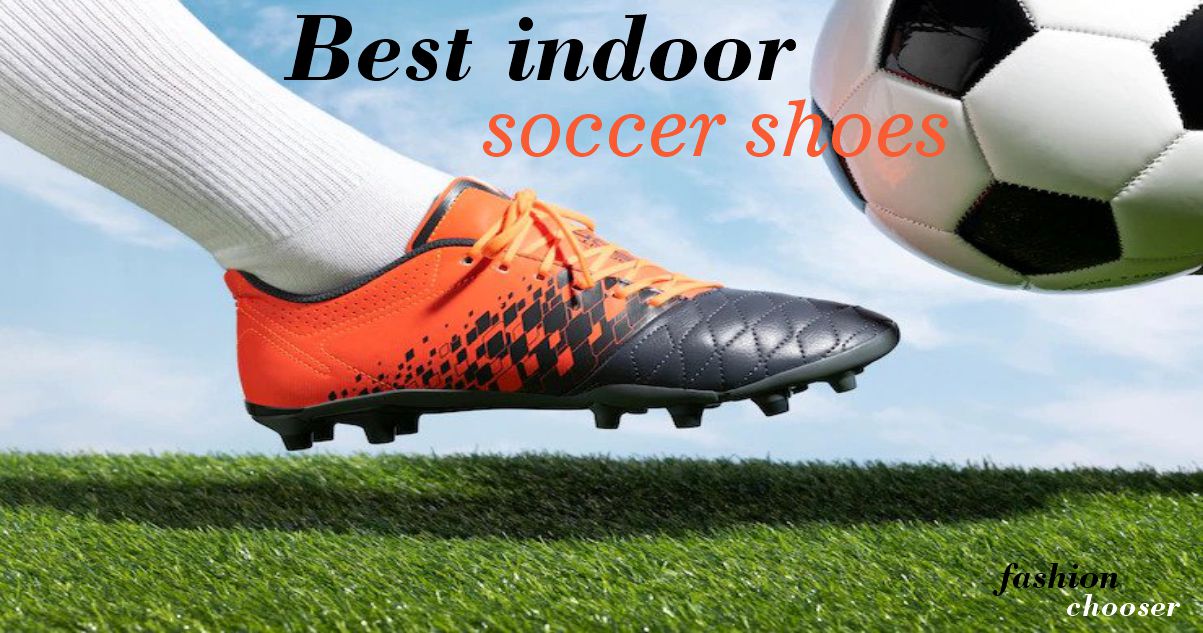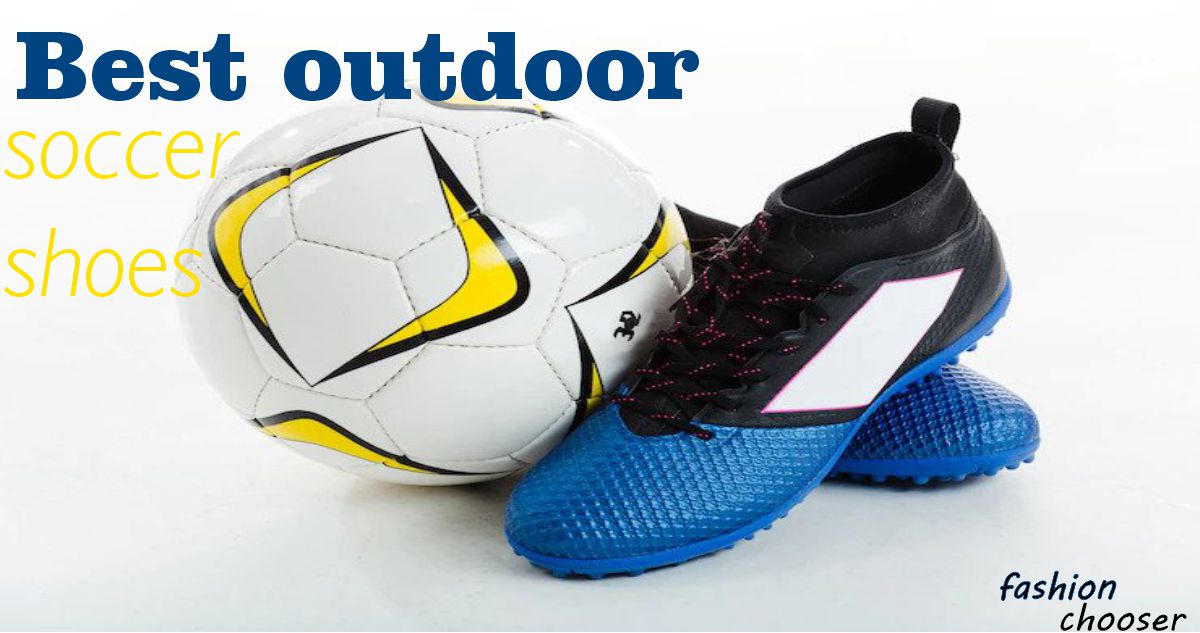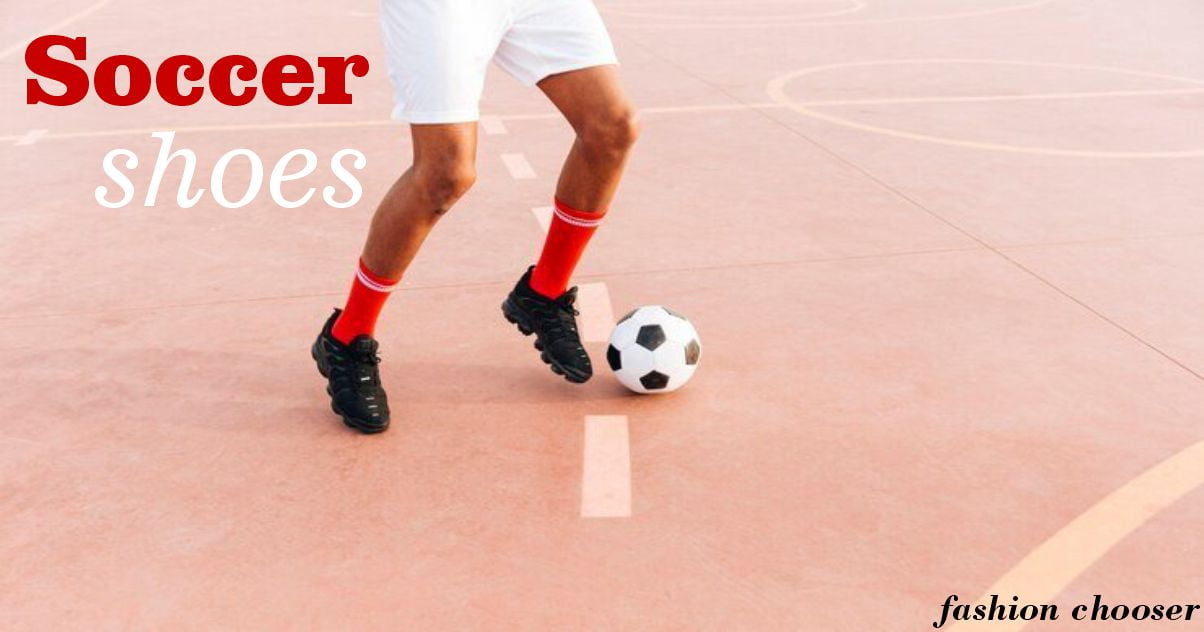Indoor and outdoor soccer shoes football footwear are designed for use on exceptional surfaces. Indoor football footwear are used on indoor surfaces, consisting of gym flooring, futsal courts, or artificial turf. They have a flat, non-marking rubber sole and a low-profile design to allow for brief moves and agility at the indoor surface.
A study or cleats to offer traction and stability on the grass floor. The studs or cleats on outside soccer shoes may be both brief or lengthy, depending on the condition of the sphere
Soccer shoes with indoor and outdoor soleplates:
The soleplate of a soccer shoe is the bottom part of the shoe that comes into touch with the gambling surface. The form of soleplate used on a soccer shoe can range depending on the meant use of the shoe.
Indoor soccer footwear have a flat, non-marking rubber soleplate. The flat design lets in for quick moves and agility on indoor surfaces, inclusive of gymnasium flooring, futsal courts, or artificial turf. The non-marking rubber material prevents scuffing or harm to the indoor floor.
Outside soccer footwear, then again, have a thicker rubber soleplate with studs or cleats. The studs or cleats provide traction and stability on outside grass fields. The thicker rubber soleplate also affords sturdiness at the rough out of doors surface.
Soccer shoes differ in tightness between indoors and outdoors:
The soleplate of a football shoe is the lowest a part of the shoe that comes into contact with the playing floor. The shape of soleplate used on a soccer shoe can range relying at the supposed use of the shoe.
Indoo This design facilitates quick movements and enhances agility on various indoor surfaces, such as gym floors, futsal courts, or synthetic turf. Moreover, the use of non-marking rubber material ensures that the indoor floor remains unscuffed and undamaged.
Outdoor soccer shoes, on the other hand, have a thicker rubber soleplate with studs or cleats. The studs or cleats provide traction and balance on outdoor grass fields. The thicker rubber soleplate also presents durability on the rough outside surface
.
Types of best indoor soccer shoes:
There are several remarkable forms of indoor soccer footwear available, each specifically designed with unique features to enhance overall performance on the field. Among the most prevalent types of indoor football shoes are:

Types of best outdoor Ssoccer shoes:
There are numerous exceptional out of doors football footwear, each designed with precise functions to beautify performance on the sector. A number of the most commonplace styles of outside football shoes encompass:
Company floor (FG) footwear. These shoes have studs or cleats that are designed for use on natural grass fields with a difficult, dry floor.
Tender ground (SG) shoes. These shoes have studs or cleats which are longer and greater bendy and are designed for use on wet or muddy grass fields.
Artificial Turf (AT) footwear. Those footwear have a rubber or plastic studded sole and are designed for use on artificial turf fields.

Conclusion:
In general, out of doors football footwear have to have durable, superb production and a cozy. Breathable design to keep feet cool and dry for the duration of play.

1 thought on “What is the difference between indoor and outdoor soccer shoes?”